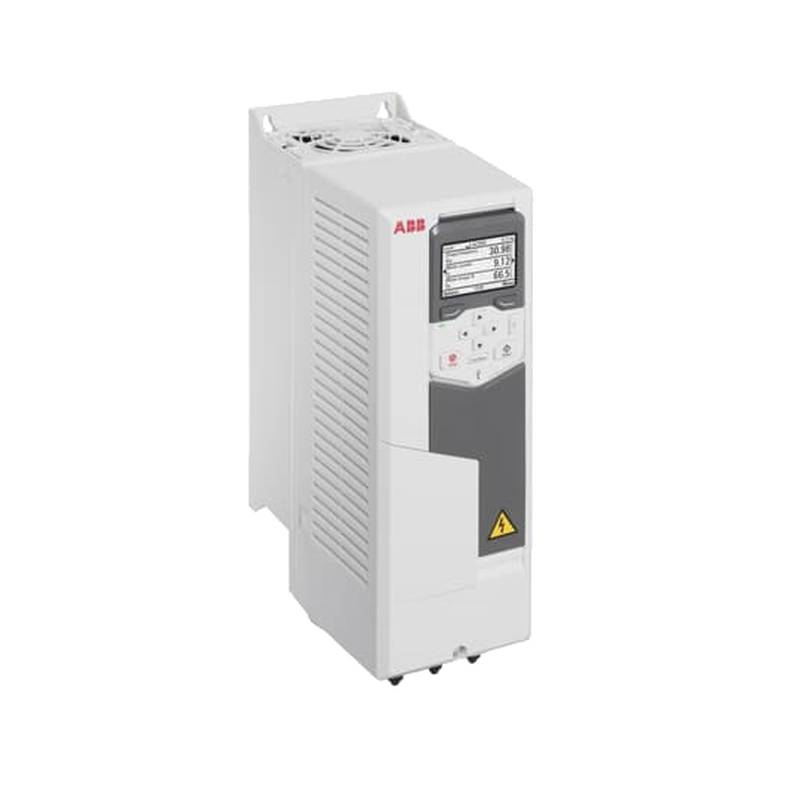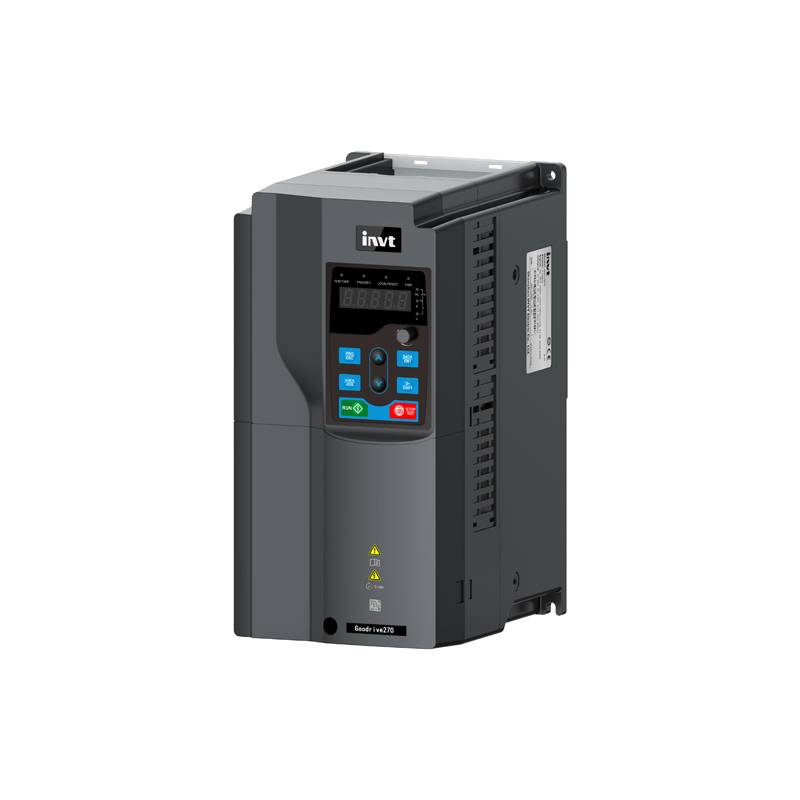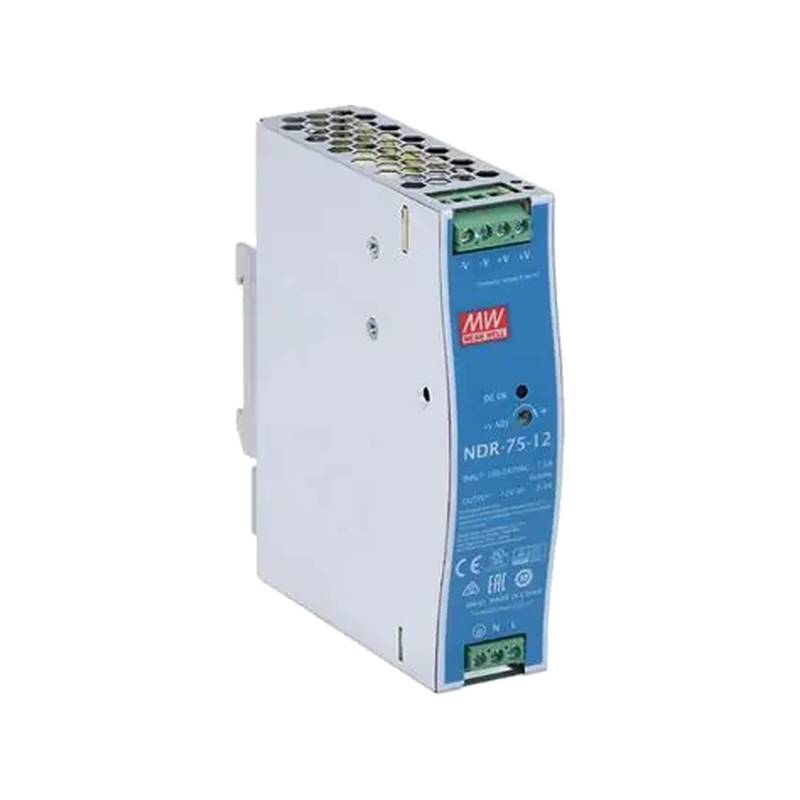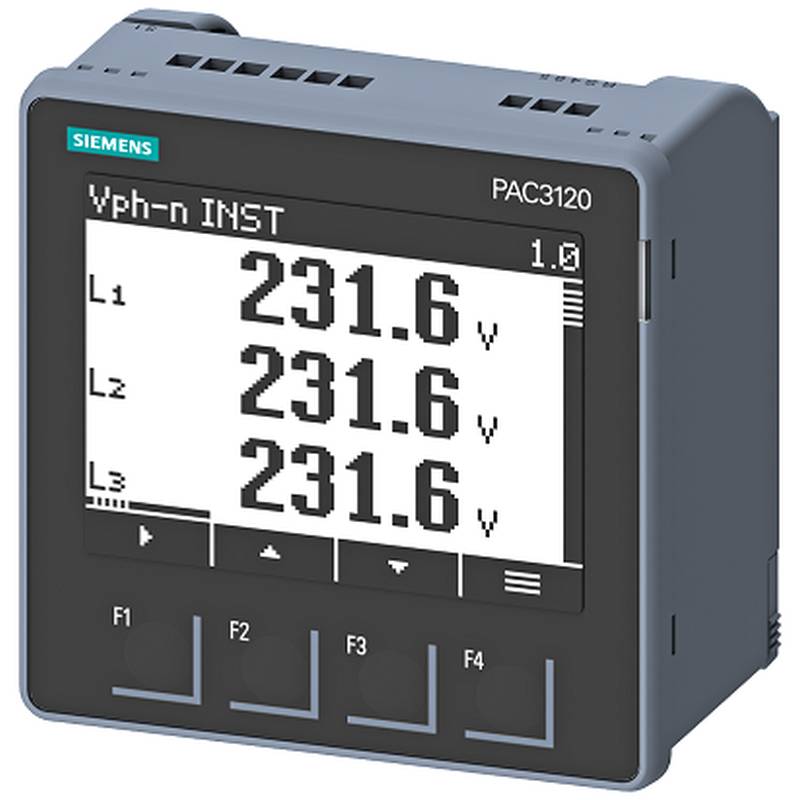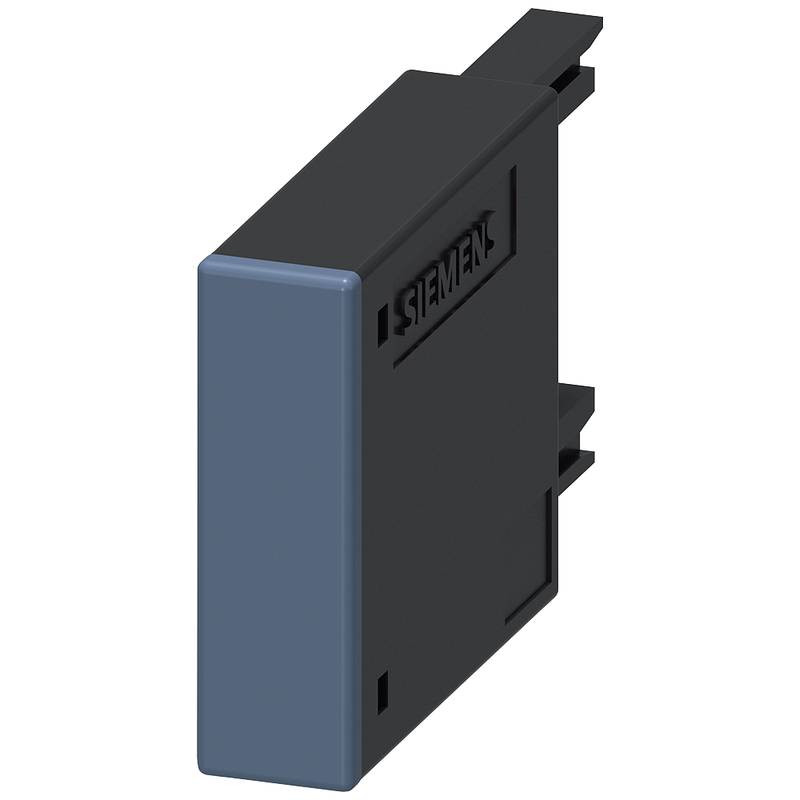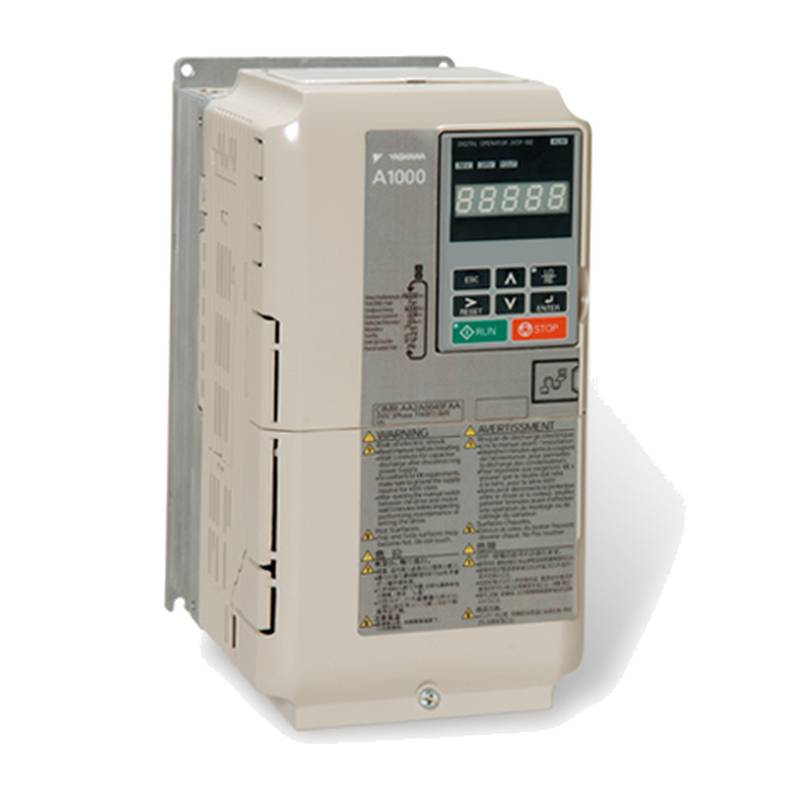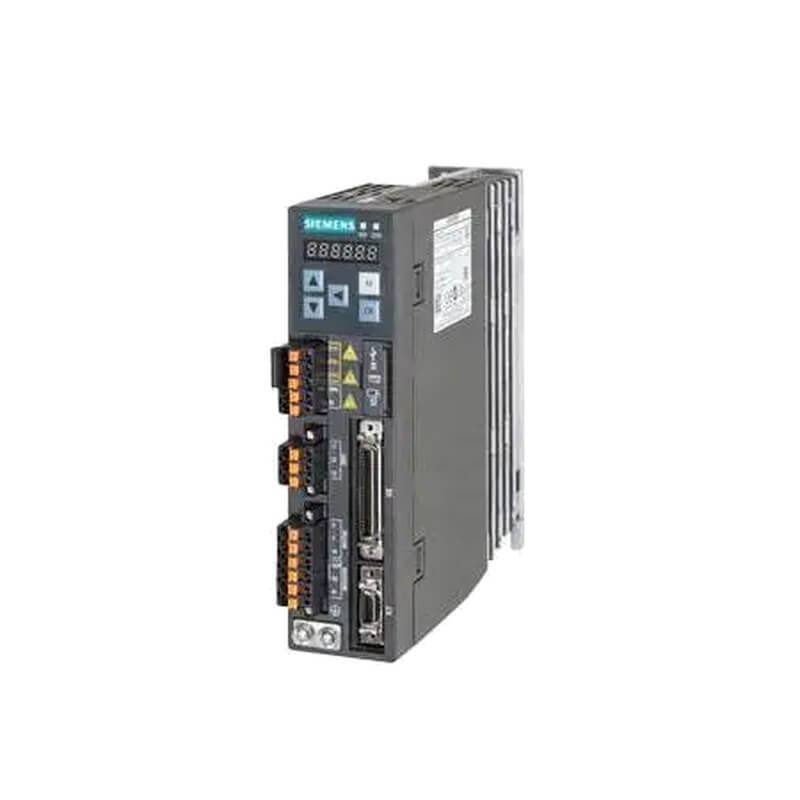
The Yaskawa CDBR-4045D Heavy Duty Braking Resistor Unit is engineered to dissipate significant regenerative energy from Yaskawa servo drives and AC drives, thereby protecting drive components from overvoltage conditions. This robust unit is characterized by its high power dissipation capability, durable construction, and straightforward integration, making it an indispensable component for demanding industrial automation applications.
Product Specifications
| Parameter | Value |
| :--------------------- | :------------------------------------------ |
| Model | CDBR-4045D |
| Rated Power | 45 kW |
| Resistance Value | 40 Ω |
| Max. Continuous Current | 30 A |
| Max. Peak Current | 100 A (for 5 seconds) |
| Voltage Rating | Suitable for 200V, 400V, and 500V systems |
| Protection Class | IP20 |
| Operating Temperature | -10°C to +50°C |
| Dimensions (W x H x D) | 250 mm x 400 mm x 150 mm |
| Weight | 12 kg |
Core Features & Market Positioning
The Yaskawa CDBR-4045D stands out in the market due to its superior thermal management and exceptional durability, crucial for applications involving frequent deceleration cycles. Its heavy-duty design ensures reliable operation even under continuous high-load conditions, a key differentiator from less robust braking solutions. Yaskawa's reputation for quality and performance further solidifies the CDBR-4045D's position as a trusted choice for engineers prioritizing system longevity and operational stability. The unit's efficient heat dissipation minimizes the risk of thermal runaway, a common failure mode in less adequately specified braking resistors.
Key Application Scenarios
This heavy-duty braking resistor unit is ideally suited for high-inertia loads and applications with frequent stop-start cycles, such as those found in automated manufacturing lines, robotics, cranes, elevators, and wind turbine pitch systems. Its ability to handle substantial regenerative energy is vital in scenarios where drives are repeatedly decelerated, preventing overvoltage and subsequent drive damage. Industries benefiting from the CDBR-4045D include automotive manufacturing, material handling, pulp and paper, and any sector employing high-power Yaskawa servo or AC drives requiring effective braking.
Practical System Integration Guidance
Integrating the Yaskawa CDBR-4045D into an existing system is streamlined due to its standardized mounting and connection interfaces. Ensure adequate ventilation around the unit; the IP20 rating indicates protection against solid objects but not against moisture or dust. Connect the resistor terminals directly to the DC bus terminals of the compatible Yaskawa drive (e.g., Yaskawa Sigma-7 servo drives or Yaskawa A1000/V1000 AC drives) as specified in the drive's manual. Proper grounding of the resistor unit chassis to the machine ground is essential for safety. Refer to the specific drive's parameter settings to enable and configure the external braking resistor function, typically involving setting the overvoltage trip level and braking resistor activation thresholds.
Operation and Risk Mitigation
The primary function of the CDBR-4045D is to dissipate excess energy generated during regenerative braking. When a motor decelerates rapidly, it acts as a generator, feeding power back into the drive's DC bus. If this energy isn't absorbed, the DC bus voltage rises, potentially exceeding the drive's safe operating limits and causing a fault. The braking resistor unit provides a safe path for this energy to be dissipated as heat. To mitigate risks, ensure the resistor unit is correctly sized for the drive and application, and that its continuous and peak power ratings are not exceeded. Regularly inspect connections for signs of corrosion or overheating, and monitor drive fault logs for any overvoltage alarms that might indicate an issue with the braking resistor system.
Scalability & Long-Term Value
The Yaskawa CDBR-4045D is designed for robust performance within its specified ratings, offering long-term value through its durable construction and Yaskawa's commitment to product reliability. While the CDBR-4045D itself is a fixed-rating component, scalability in a Yaskawa system is typically achieved by employing multiple drives, each with its own appropriately sized braking resistor, or by selecting a higher-capacity drive system for new installations. Integration with Yaskawa's broader automation ecosystem, including advanced motion controllers and HMI solutions, ensures that braking resistor performance contributes to overall system efficiency and responsiveness, supporting the transition towards smarter, more connected industrial operations.
Frequently Asked Questions
What is the primary function of the Yaskawa CDBR-4045D?
The Yaskawa CDBR-4045D primarily dissipates excess regenerative energy from Yaskawa servo and AC drives. This prevents overvoltage on the drive's DC bus during rapid deceleration.
This process protects sensitive drive components from damage caused by voltage spikes. It ensures operational continuity and extends equipment lifespan.
Effectively managing braking energy is critical for applications with frequent starts and stops. The unit provides a safe thermal path for this energy.
Can the CDBR-4045D be used with any Yaskawa drive?
The CDBR-4045D is designed for specific Yaskawa servo and AC drive models. Compatibility depends on the drive's voltage, power rating, and DC bus characteristics.
Always consult the Yaskawa drive's technical manual for confirmed compatibility and connection diagrams. Incorrect pairing can lead to system malfunction or damage.
Proper system design ensures the braking resistor's specifications match the drive's braking requirements. This includes power dissipation and resistance values.
What are the installation considerations for the CDBR-4045D?
Install the CDBR-4045D in a well-ventilated area to allow for efficient heat dissipation. Ensure it is securely mounted to prevent vibration-related issues.
Connect the resistor terminals directly to the DC bus terminals of the designated Yaskawa drive. Follow the drive manual's wiring instructions precisely and ensure proper grounding.
Verify that the environmental conditions (temperature, humidity) are within the unit's operating specifications to maintain optimal performance and longevity.
















